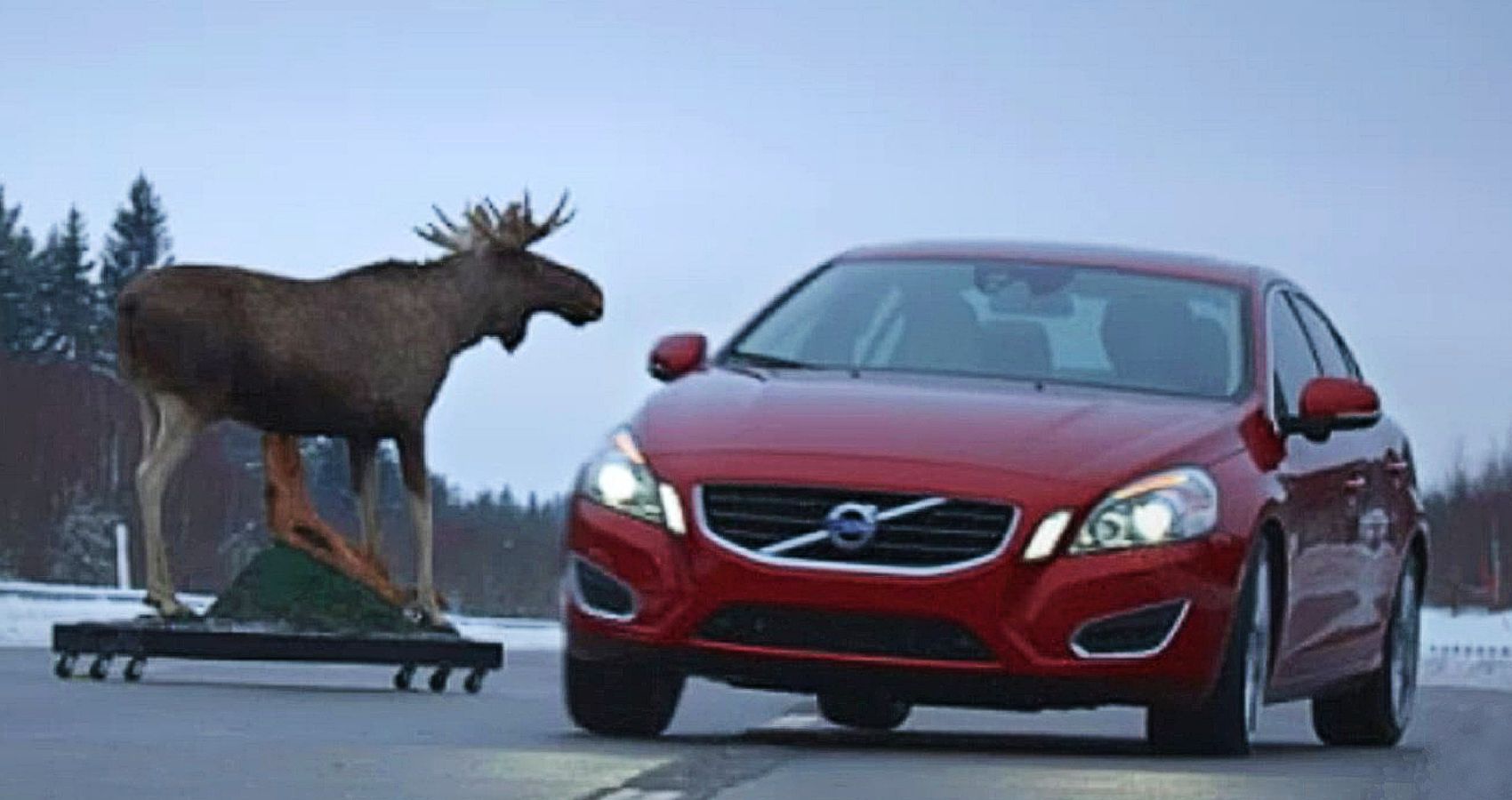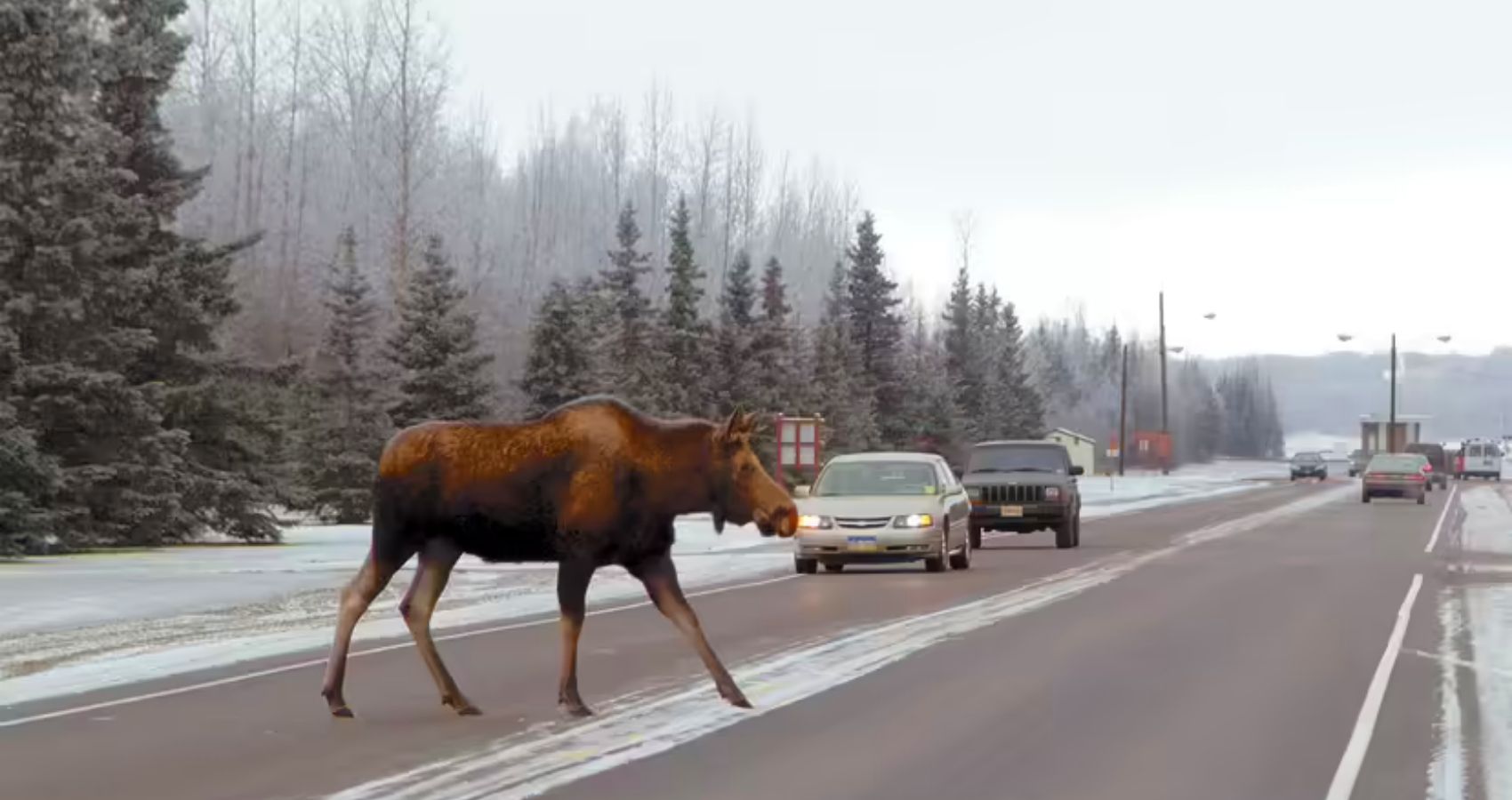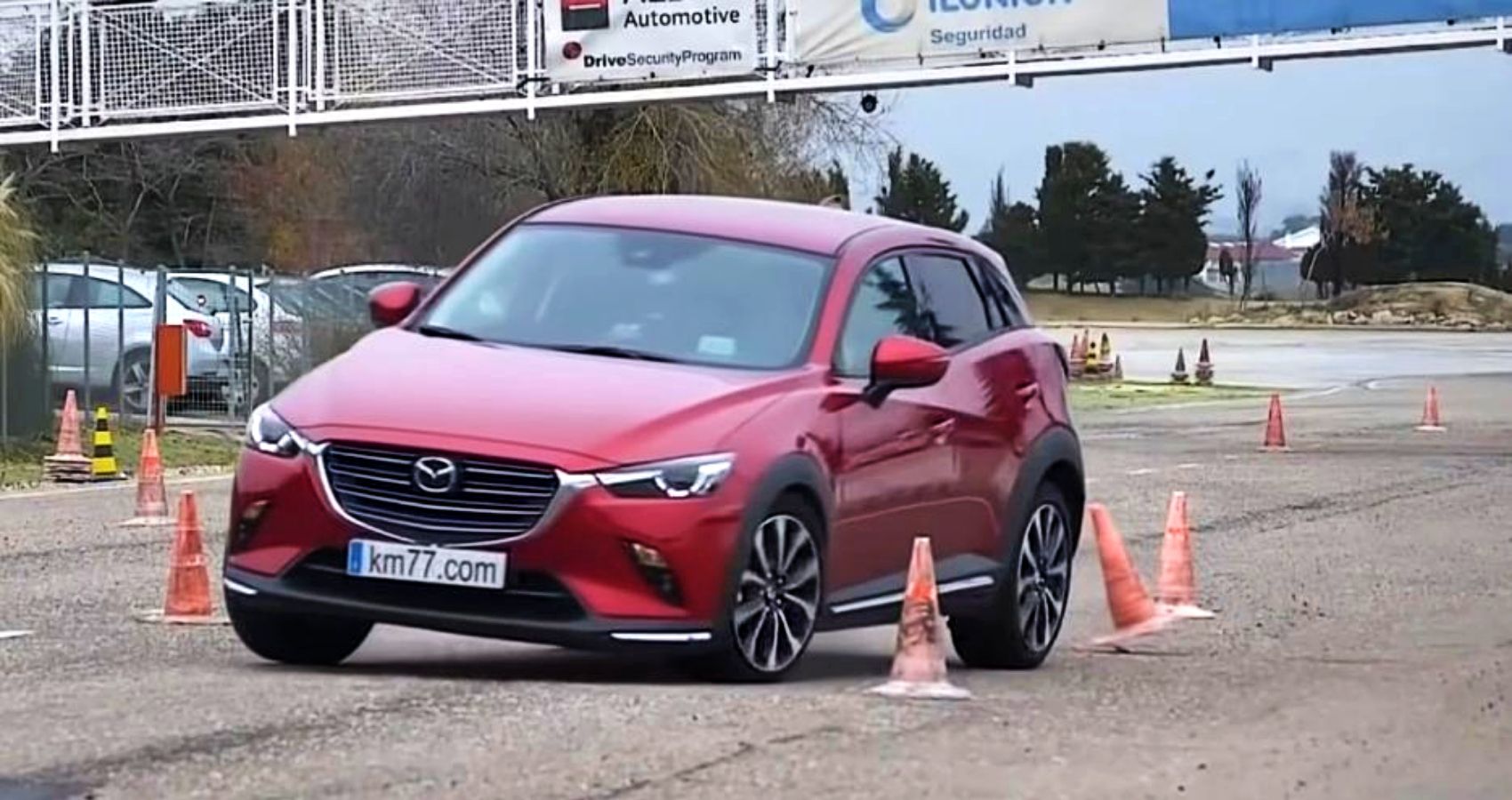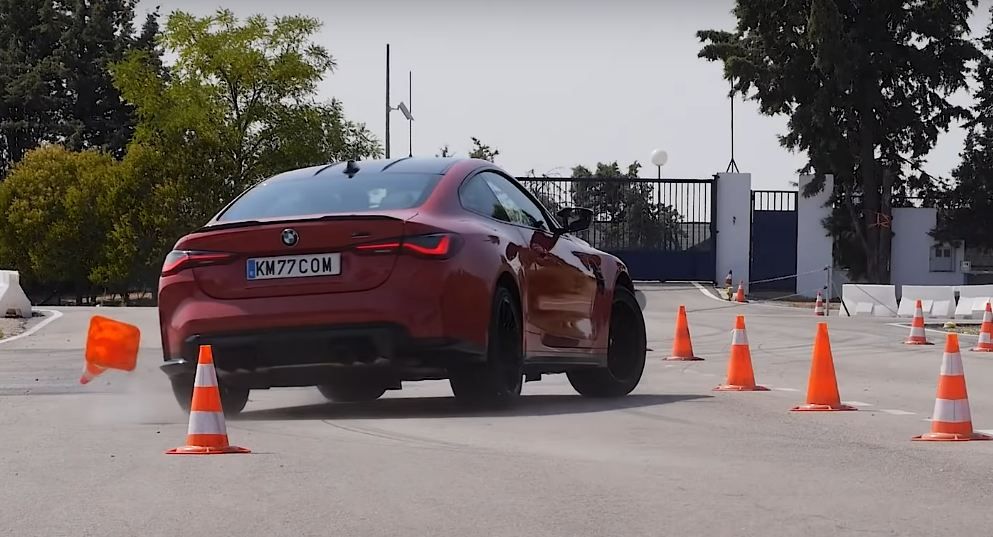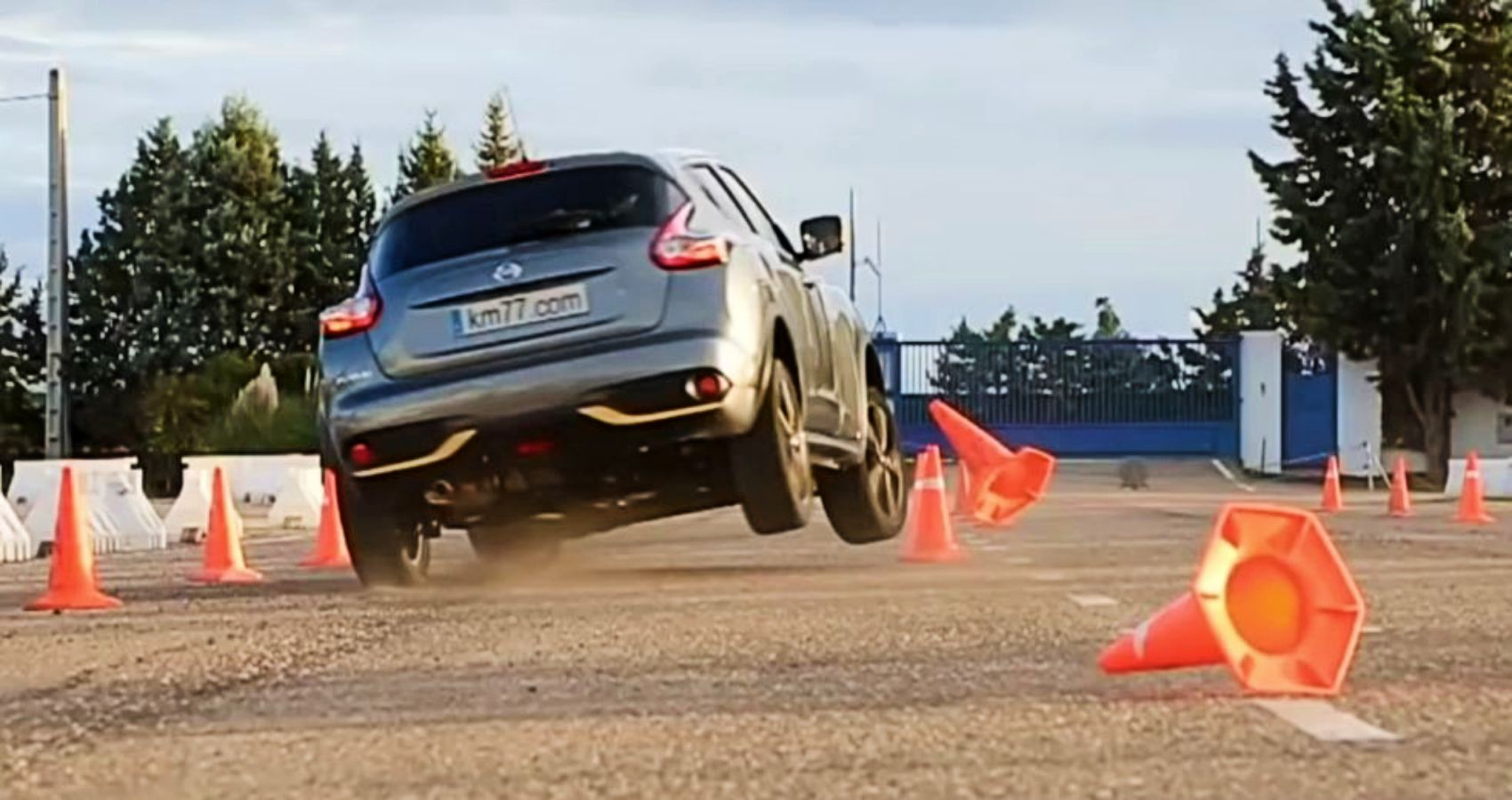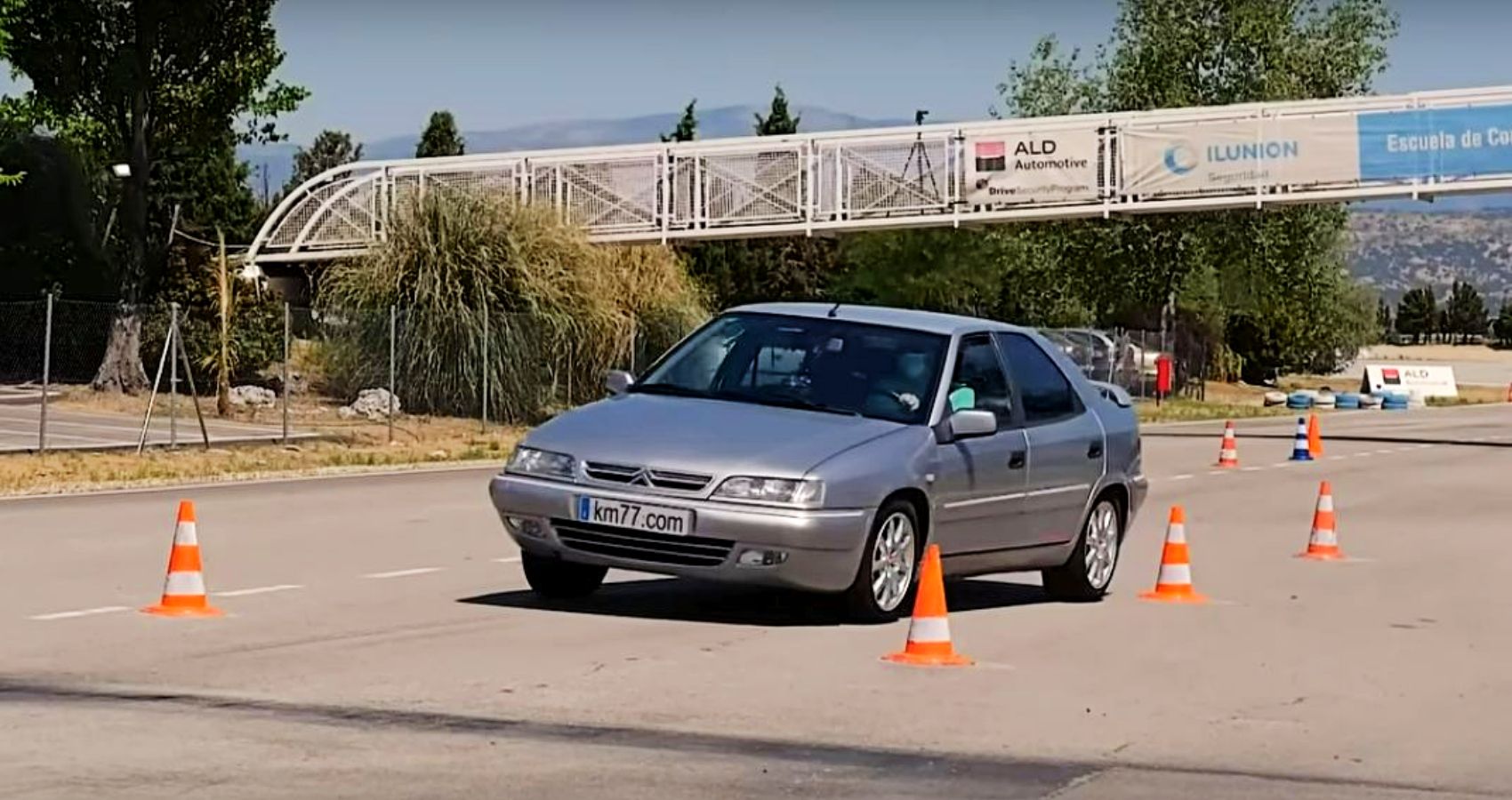The number of vehicles on the roads has doubled since the last decade as privately owned vehicles provide an easy mode of transportation. With the rise in the number of vehicles on roads and highways increasing with every passing year, the number of accidents has increased significantly over the years, and it doesn’t seem to stop.
Automakers are certainly doing their best to bring modern safety technologies to reduce the increasing number of accidents. Meanwhile, companies like Hyundai, Toyota, and Volvo offer products with best-in-class safety systems that not only provide excellent safety to you but also keep the surrounding ones safe. While NHTSA, IIHS, and other safety agencies use their advanced methods to test cars and provide ratings, some aspects like evasive handling are missed. Here comes the significance of a car handling and safety test called the "Moose Test."
History Of The Moose Test
The term "moose test" was coined by journalists of Teknikens Varld, a Swedish magazine, in 1997. Moose are quite common in the Scandinavian countries, and they are often seen roaming freely on freeways or empty roads, causing thousands of accidents every year. Moose tests mimic real-life critical situations to determine a vehicle’s ability to return to its normal path after evasive steering to dodge an imminent obstacle. Moose tests are generally conducted on test tracks where each driver has to steer the car through a lane of cones placed in an "S" pattern and return to a straight line. While this thing sounds easy, it is certainly the toughest car safety and handling test that brings out mechanical faults in a car. From minute problems like older tires to major design problems like improper weight distribution or design flaws, moose tests are unforgiving and have been a real headache for car makers. Here’s a fact: even companies like Volvo, with flawless safety standards, failed to ace this dreaded test.
Why Do Automakers Fear Moose Tests?
There are some practical reasons why automakers hate moose tests. However, you need to understand the most basic problems that cause failure in most cars. A vehicle’s overall curb weight, weight distribution, and center of gravity are the three essential things that determine a car’s handling and are directly related to how the car performs in these advanced safety tests.
As we all know, heavier and larger vehicles like SUVs, full-size sedans, and trucks have a higher mass because of their larger dimensions, heavier engines, and more mechanicals underneath. The weight further increases if the vehicle is fully loaded with passengers and cargo items, making it even harder to ace the test.
Furthermore, some vehicles, especially affordable vehicles, feature front-wheel-drive systems and have their weight mostly at the front making them nose heavy, which makes things worse in a moose test as the improper weight distribution results in excessive body roll, causing the vehicle to leave the lane and rollover.
Apart from these reasons, incorrect tire pressure, an overly sensitive steering column, slippery roads, dry conditions, lack of tire grip, faulty suspension design, or even a softly tuned suspension can also cause a car to roll over or lose stability.
Now comes the part where moose tests are the last thing automakers want to face. And there are quite a few reasons, as mentioned earlier. Remember the Mercedes-Benz A-Class that failed the Moose Test in 1997? Well, Daimler-Benz AG, according to Auto New Europe, had to recall all 17,000 A-Class vehicles sold across the globe, with a staggering number of order cancelations from all over the world, both of which cost the company a loss of $116 million.
Apart from the financial losses, such a blunder dealt a big blow to Mercedes' hard-earned reputation, leaving behind extra costs for fixing issues in recalls.
Furthermore, automakers hate moose tests because these tests aren’t conducted by car safety testing companies like NHTSA, IIHS, NCAP, or others. Instead, these cars are tested mainly by road testers, or journalists, where there’s no certainty regarding the present condition of the test vehicle or the driver. The car’s failure may be due to the inexperience of the driver, or it may be due to soft asphalt in hot weather, older tires, or a malfunctioned ESC system. A failed test can ruin a company’s image and reputation, causing them staggering financial losses.
Apart from these, a failed moose test can shed light on many issues with the vehicle. These issues can compel automakers to outfit their cars with costlier mechanical components to reduce their profit margins in the future.
These Cars Have Perfectly Aced The Swedish Moose Test
To date, the Citroën Xantia remains the undisputed performer in moose tests. In a test held by the Swedish magazine Teknikens Varld in 1999, the Citroën Xantia passed this test at a speed of 53 mph, leaving heavyweights like the 2008 Porsche 911 GT3 RS and the 2017 McLaren 675LT behind.
Apart from the Xantia, other cars have done impressively well. According to a Spanish YouTube channel named km77.com, the 2019 Tesla Model 3 Long Range AWD and the 2021 Tesla Model Y Long Range AWD hold the flawless moose test record conducted by the channel. Both of these Tesla cars dodged all the cones at their maximum speed of 52 mph. The 2021 Hyundai Ioniq 5 RWD has closely followed the speed of both Teslas with a speed of 51 mph to become the third-best performer in the Moose Test. Cars like the 2018 BMW i3, the 2021 Mini Countryman SE (PHEV), the 2021 Aiways U5, the 2021 Kia EV6, and the 2021 Porsche Taycan have done impressively well with a speed of 49–48 mph.
Source: km77.com, YouTube, Volvo.

